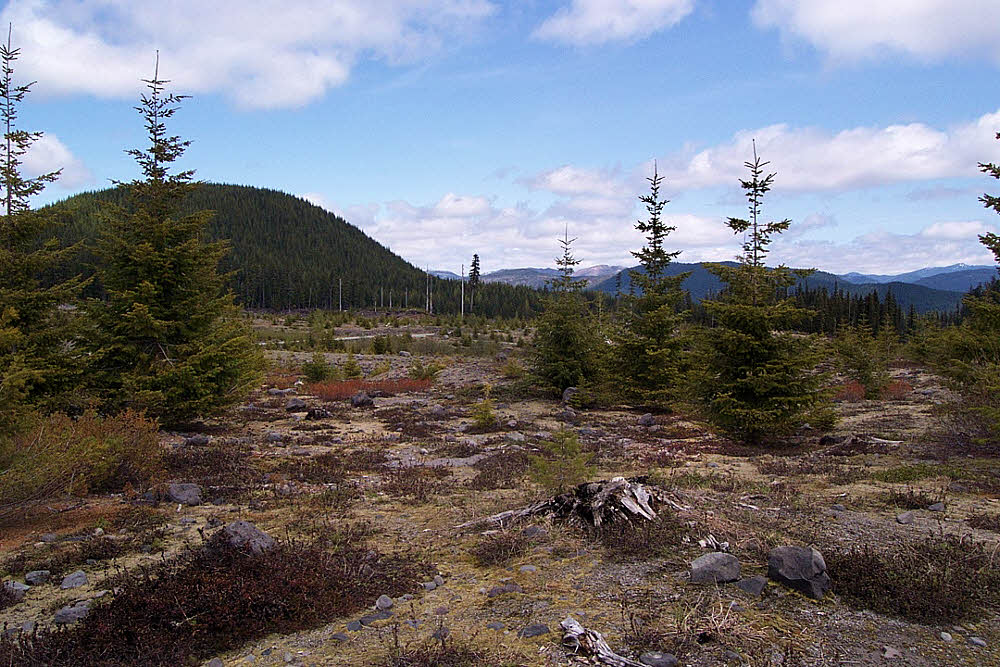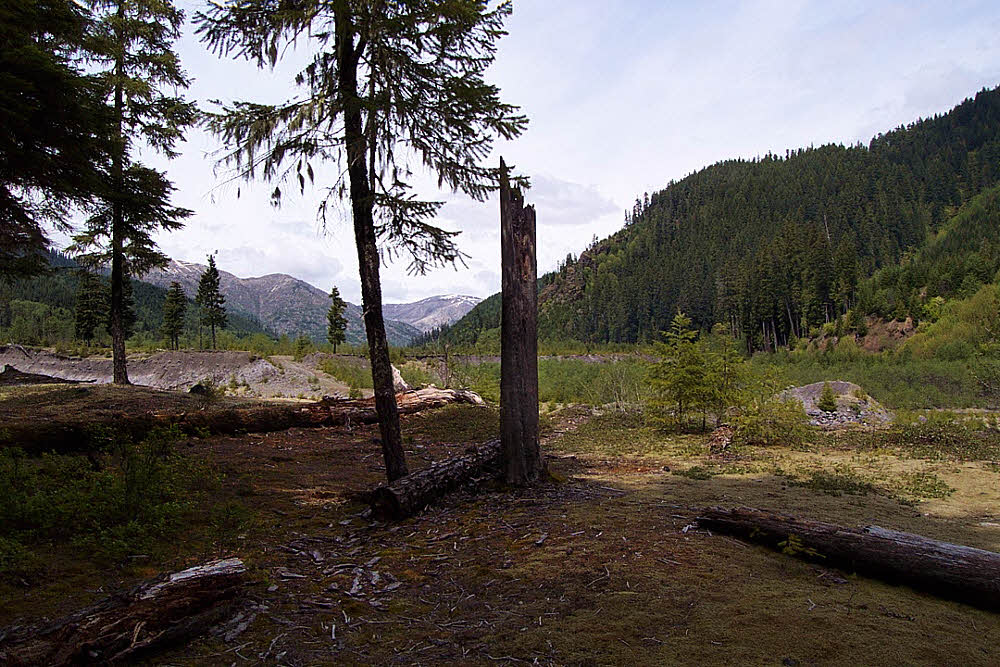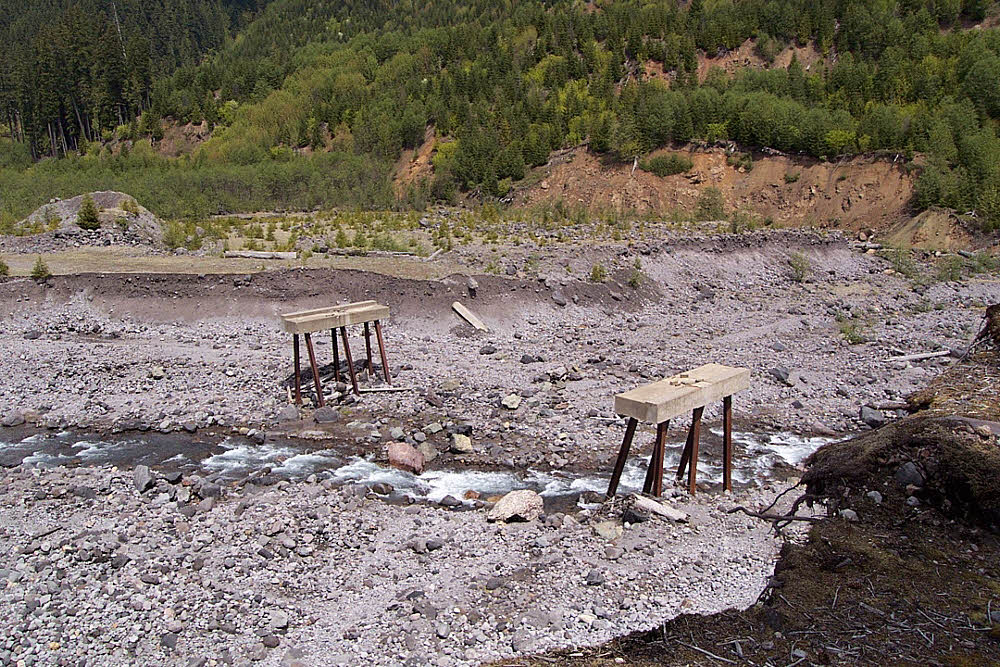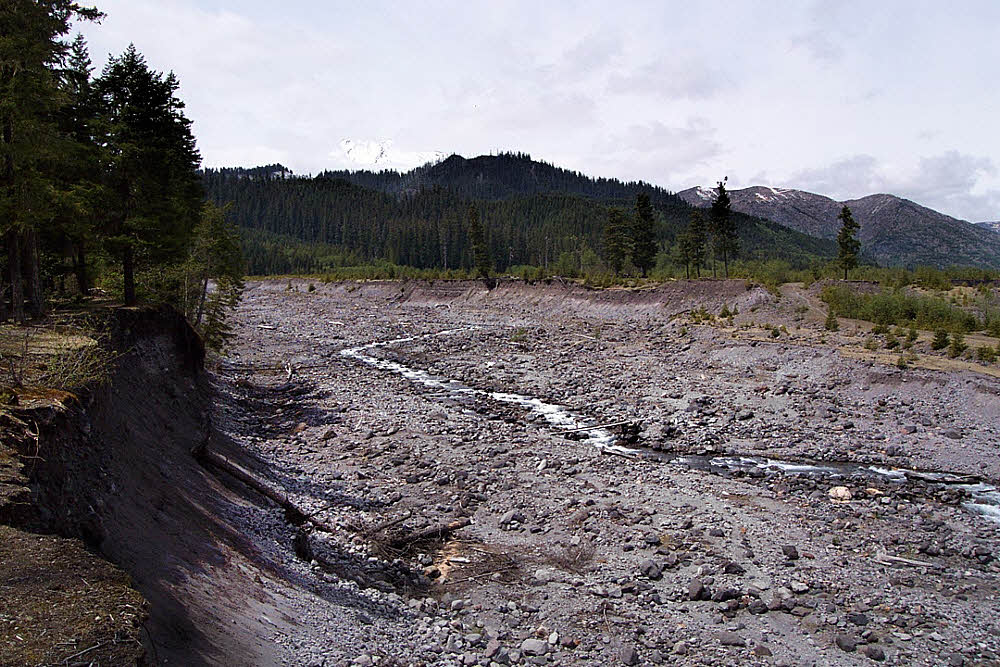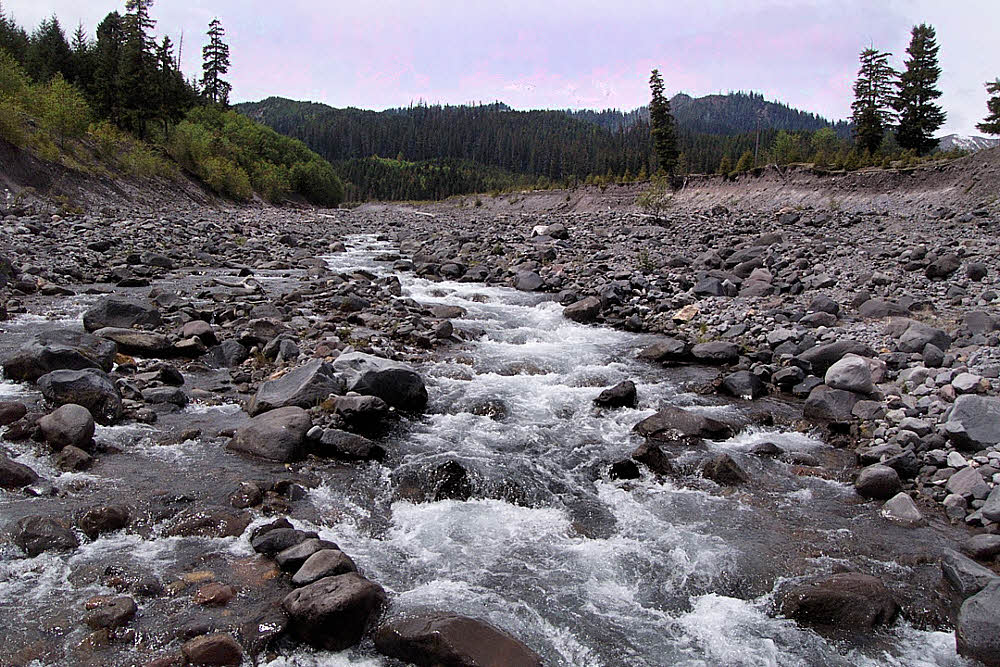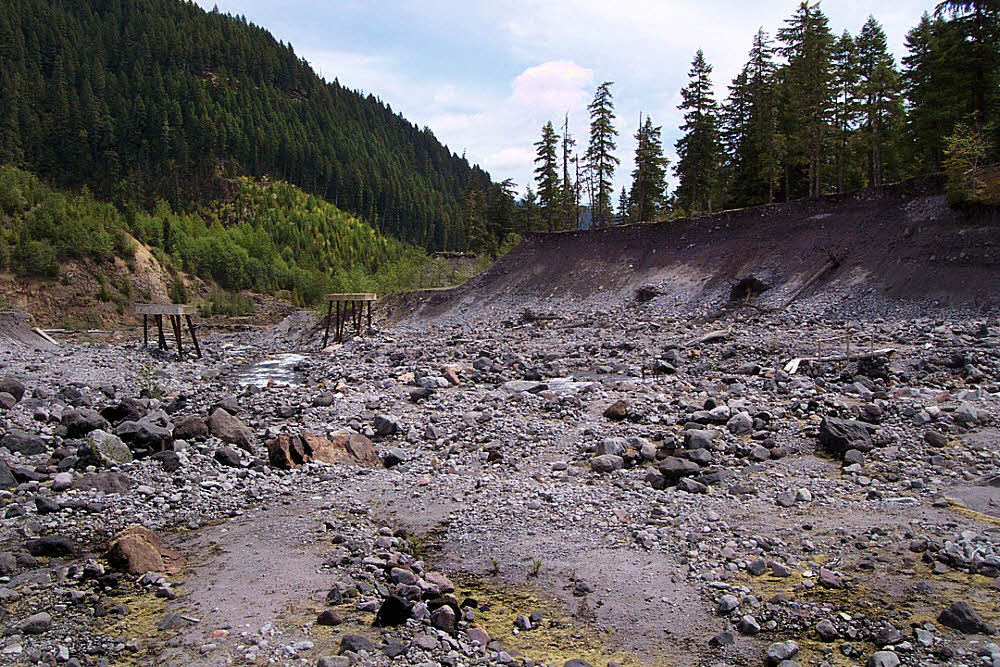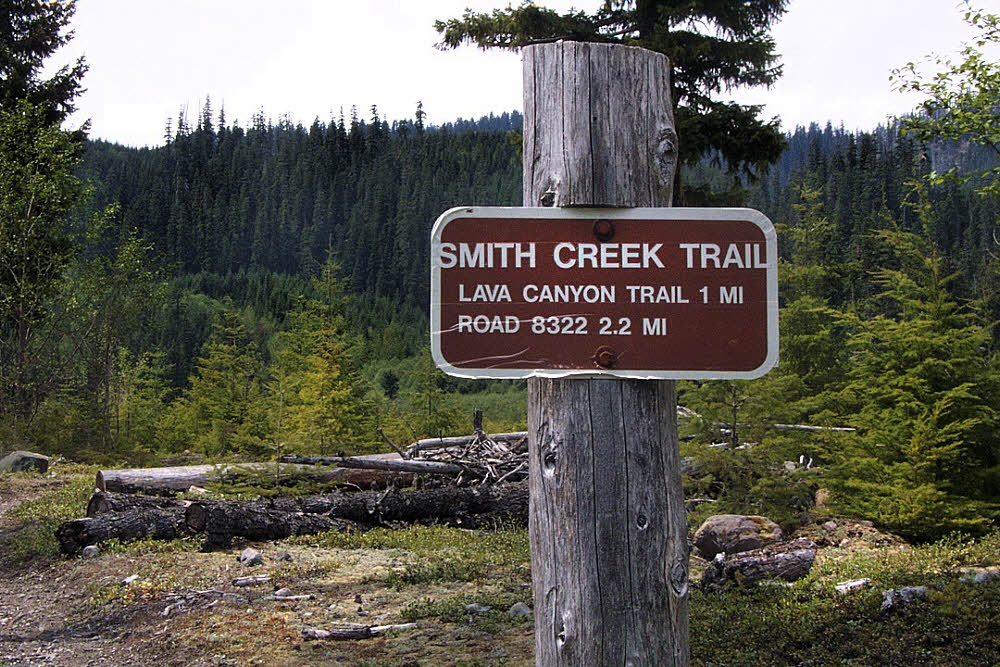First, don't court disaster. Bleed your lizard at every opportunity.
Essentials for Wilderness Survival, Part 8: When cracks form.
The key thing to know about first aid is that you need a kit for it. There is no such thing as a Swedish Army Knife for first aid, with a blade for this and one for that, already built in. Nope. You have to carry a bunch of stuff in a box and then if you see a problem you have to take out your box and improvise.
This can be annoying, to say the least. Especially if you're easily confused.
You know, science says we can only hold seven things in our heads at a time, and that's after extensive training. No one has ever figured out how to train backpackers, so they come in at around two-and-a-half things on a good day. Less if they're hungry, and you know about hungry backpackers, right?
Maybe this is one reason you don't hear about bleeding backpackers limping into every town. They're easily confused — often about how to get the first aid kit open, and after that, what to do with all the weird crap in crinkly wrappers rattling around inside, and by then it's curtains. Or they just swear for a while, try to eat a few of the better-looking things in the kit, and just get the hell back on the trail and walk through it. If you can survive early-season mosquitoes, the rest is mostly minor-league anyway.
But if it is going to be curtains, well to be honest, probably no one cares, except you, right? But if you really, really want to, go ahead and try something. It might keep your mind off things until it all goes dark, and at least you'll be out of everyone else's way.
OK, what you might have to deal with:
- Dangling skin.
- Infections.
- Gushing blood.
- Etc.
Some ways to avoid the side effects of dangling skin, infections, and gushing blood, and etc.:
- Stay home. You've heard this advice before. Maybe it's time to listen.
- Hike with a friend. If something bad is going to happen, you automatically have a 50% chance it'll happen to the other guy.
- Get a first aid kit in the official colors of green with a white cross. This might scare off a few evil spirits (can't hurt to try).
- Carry stuff inside the first aid kit. You never know what might be handy, so take it all.
But what to bring? What kind of stuff? Will it cost more than five bucks?
These are all valid questions, so here are some tips on what to get.
- Airway, Breathing and Circulation Hardware.
- Eh. You're a backpacker. You didn't get way out in the boonies without breathing, so you're probably OK. You know how. Skip the pocket mask and face shield unless your stove explodes a lot.
- Drama injuries.
- Avoid high-maintenance, over-emotional companions. Anyone who wears stage makeup to eat a ramen supper, for example. Then you won't have enough of these injuries to worry about. And anyway, it won't be you who gets hurt.
- Trauma injuries?
- Not too sure what that is. Bring some stuff anyway — anything that seems medical-ish. And so on. Look for the crinkly wrappers and buy that.
- Personal protective equipment.
- Gloves.
- Goggles.
- Surgical mask.
- Apron.
- Anything you can play doctor with on a rainy day.
- Condoms too, I guess, if you're with close friends.
- Instruments and equipment.
- Well, if you're an ultralighter, this would be tweezers (plastic, cut down).
- Medication.
- Aspirin.
- Freeze-dried beer.
- Muscle relaxant (see previous item).
- Cost
- If it's over five bucks, flip a coin. Heads — buy ice cream instead. You deserve it. Tails — buy beer.



